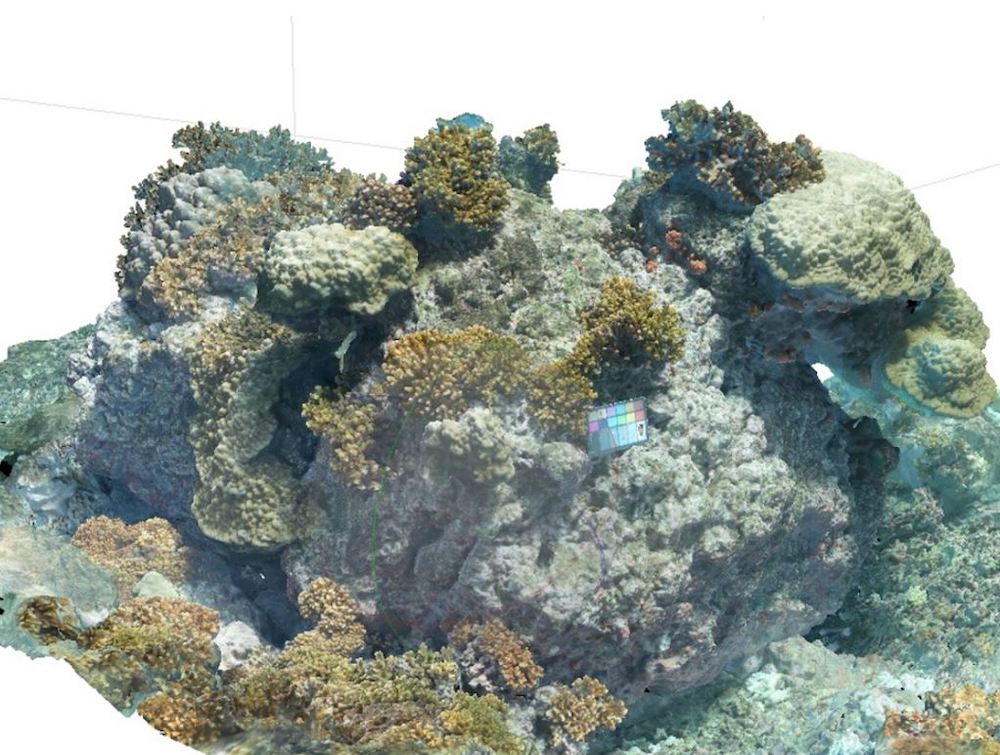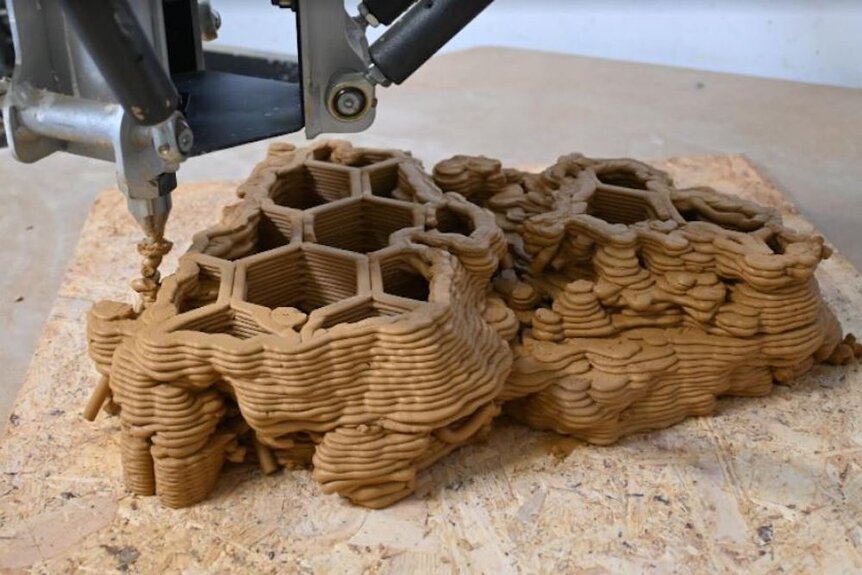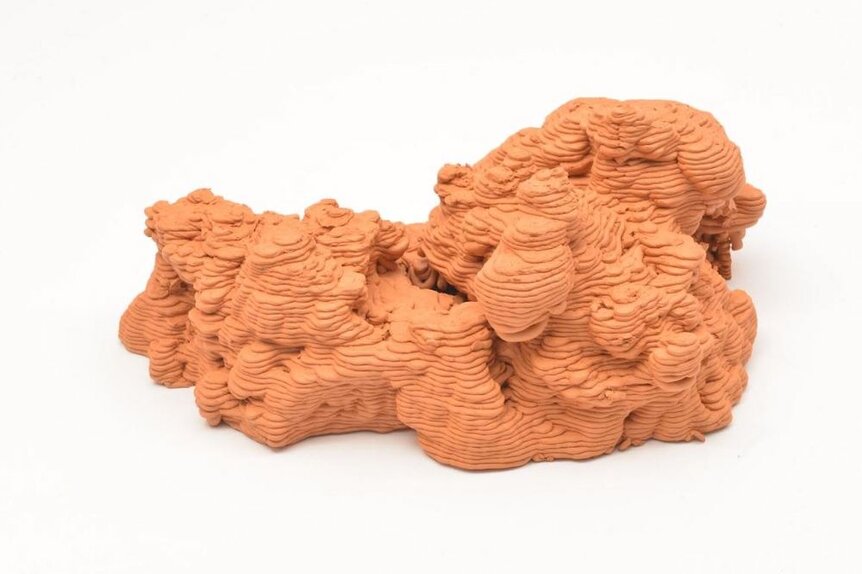Create a free profile to get unlimited access to exclusive videos, sweepstakes, and more!
Improving coral reef restoration with 3D printing
Fish all over the world are getting 3D printed prefabbed homes.

In the 2004 animated movie Shark Tale, a bluestreak cleaner wrasse played by Will Smith finds himself embroiled in a fight for survival against a criminal syndicate of bloodthirsty sharks. Even in our fiction, life on the reef is tough, and that doesn’t even take into account the rapid ecological degradation real life reefs are facing due to natural disasters, human interference, and climate change.
It’s estimated that just over the last decade or so, approximately 14% of coral reefs globally were lost. Reefs serve as a critical part of the ocean ecosystem, providing resources and safe haven to roughly a quarter of all aquatic species. Conservationists are working steadily to restore and sustain the remaining reefs around the world and now they might have a new tool in their kits to make that happen.
Natalie Levy from the Mina and Everard Goodman Faculty of Life Sciences at Bar-Ilan University is the lead author of a new paper, published in the journal Science of the Total Environment, exploring the potential for 3D printed artificial reefs as a tool for restoration.
Researchers partnered with the Technion Institute of Technology to develop a custom-made 3D printer capable of using natural materials and printing large-scale structures which mimic natural reefs.
“We use ceramic from terracotta clay and mix in calcium. After it’s printed, the clay is fired, and the calcium turns into calcium carbonate which is the main skeletal building mineral in corals. It’s inexpensive, it’s a natural material, and it’s great for attracting marine organisms,” Levy told SYFY WIRE.
In contrast to conventional reef restoration methods, the team uses 3D modeling to gather data about the existing reef structures before they go into production. They gather thousands of images of the target reef and plug those into a patented algorithm which extracts the core characteristics and automatically labels coral species. That data is supported by samples of environmental DNA taken from the surrounding waters to ensure the team knows what animals are living in the area and how best to support them.
At present, their modeling techniques are capable of capturing the broad strokes of reef complexity and they’re working to maximize the level of detail to create the most effective artificial reefs they can.
“It’s sort of like if you took a coral reef and threw a blanket over it. You see the general outline and formation of the reef, it gets details and overhangs, and that’s what it’s able to print. The more we work with the printer and the algorithm, the more complexity we can get,” Levy said.
Part of what they’re working on is understanding how far they need to push the technology. It might be that complete faithfulness to natural structures isn’t necessary and something closer to 80% of the normal complexity will do the job just fine.
In a pilot study, Levy used the same materials and printer to craft tiles with varying complexity and topography to create a rudimentary reef. That simplified reef succeeded in increasing biodiversity in the area it was deployed in and hosted a community of organisms which closely matched those in the natural ecosystem.
“We can really help where reefs are impacted by storms, and they’ve lost space for animals to settle and rebuild. We can bring back the complexity, we can attach fragments and regrow through coral gardening. Because our process is so customizable, whatever the restoration situation is, we have a lot of flexibility with the design,” Levy said.
At present, the team’s artificial reefs have been deployed in the Gulf of Eilat in the Red Sea, where they are gathering data to improve the algorithm and printing process. Eventually, large-scale printers could use their data to build modular reef blocks which could be stacked together to cover vast underwater areas.
Levy believes that could buy reef ecosystems time while larger government programs address the root causes of habitat destruction, giving corals and the animals they support a fighting chance. Not bad for a technology most of us associate with printing D&D figures at home.




























